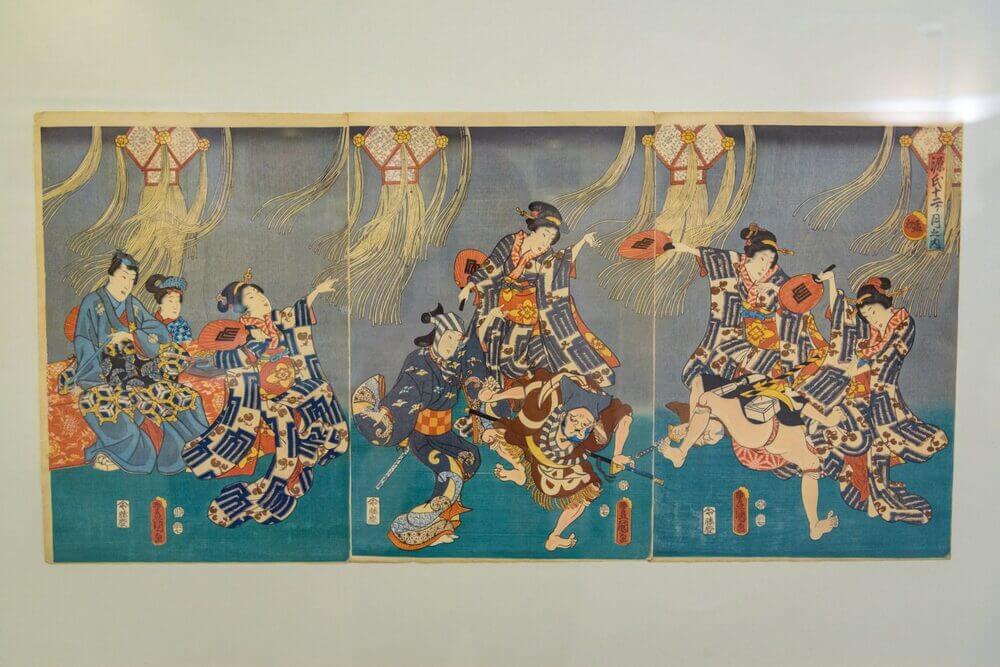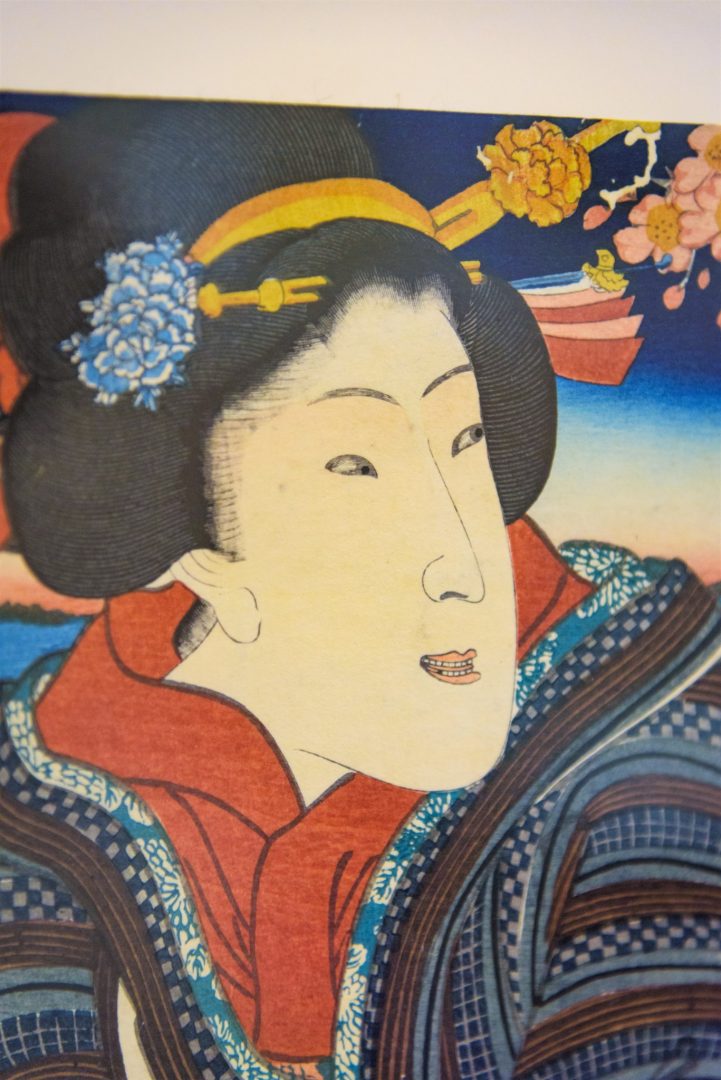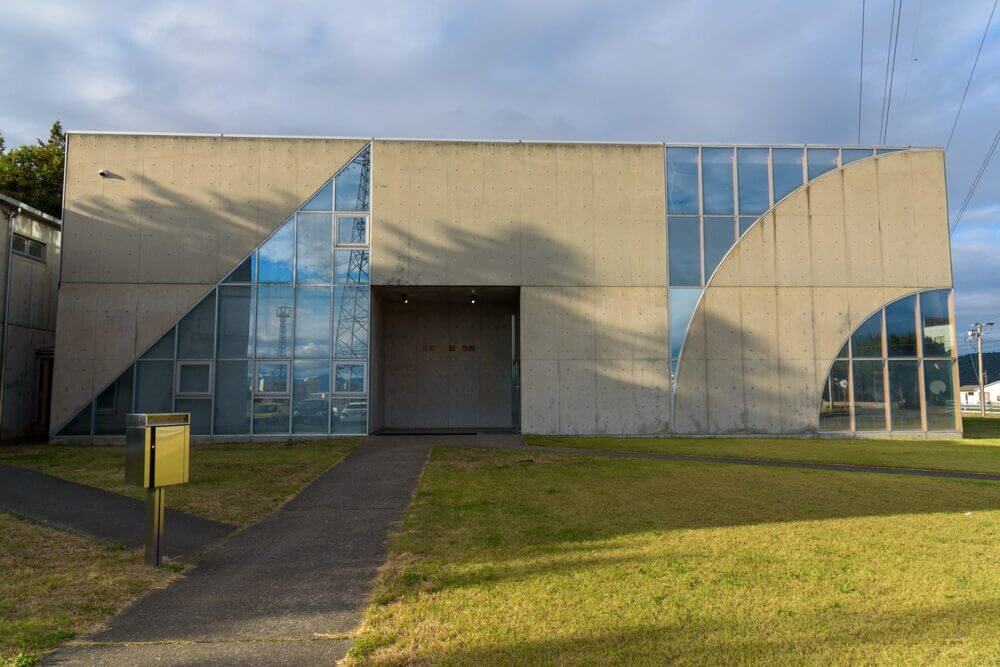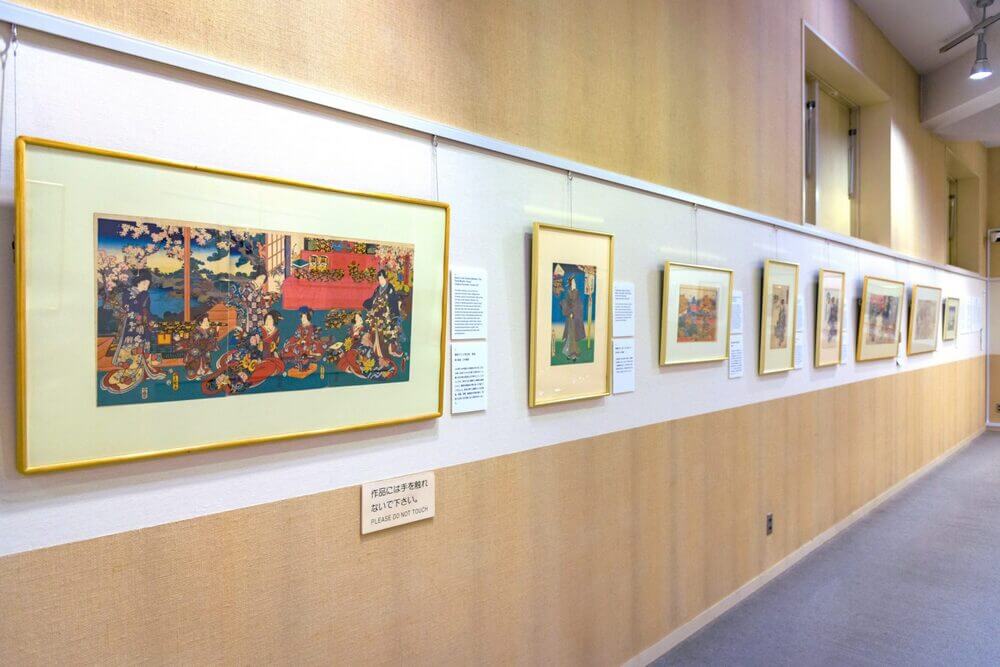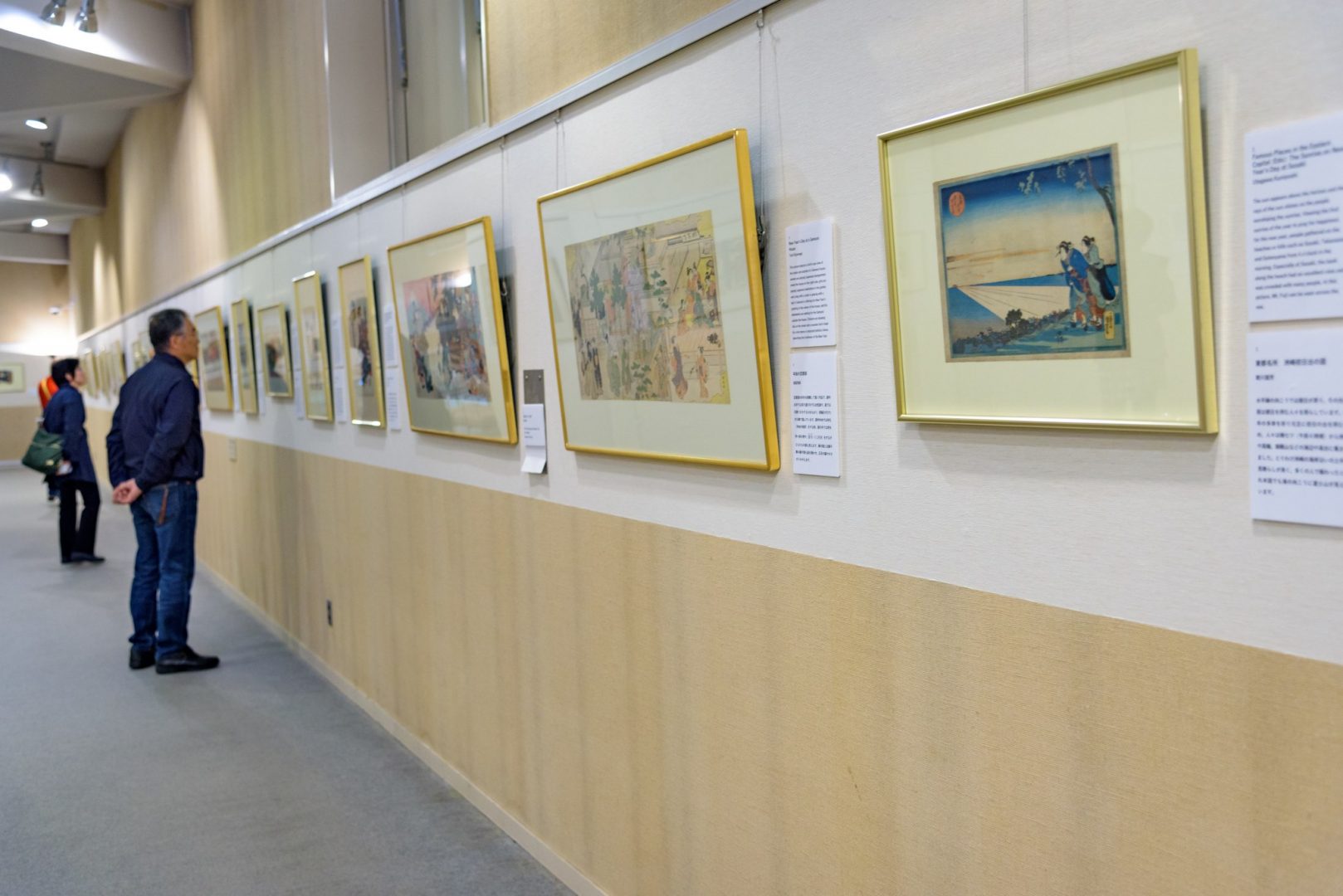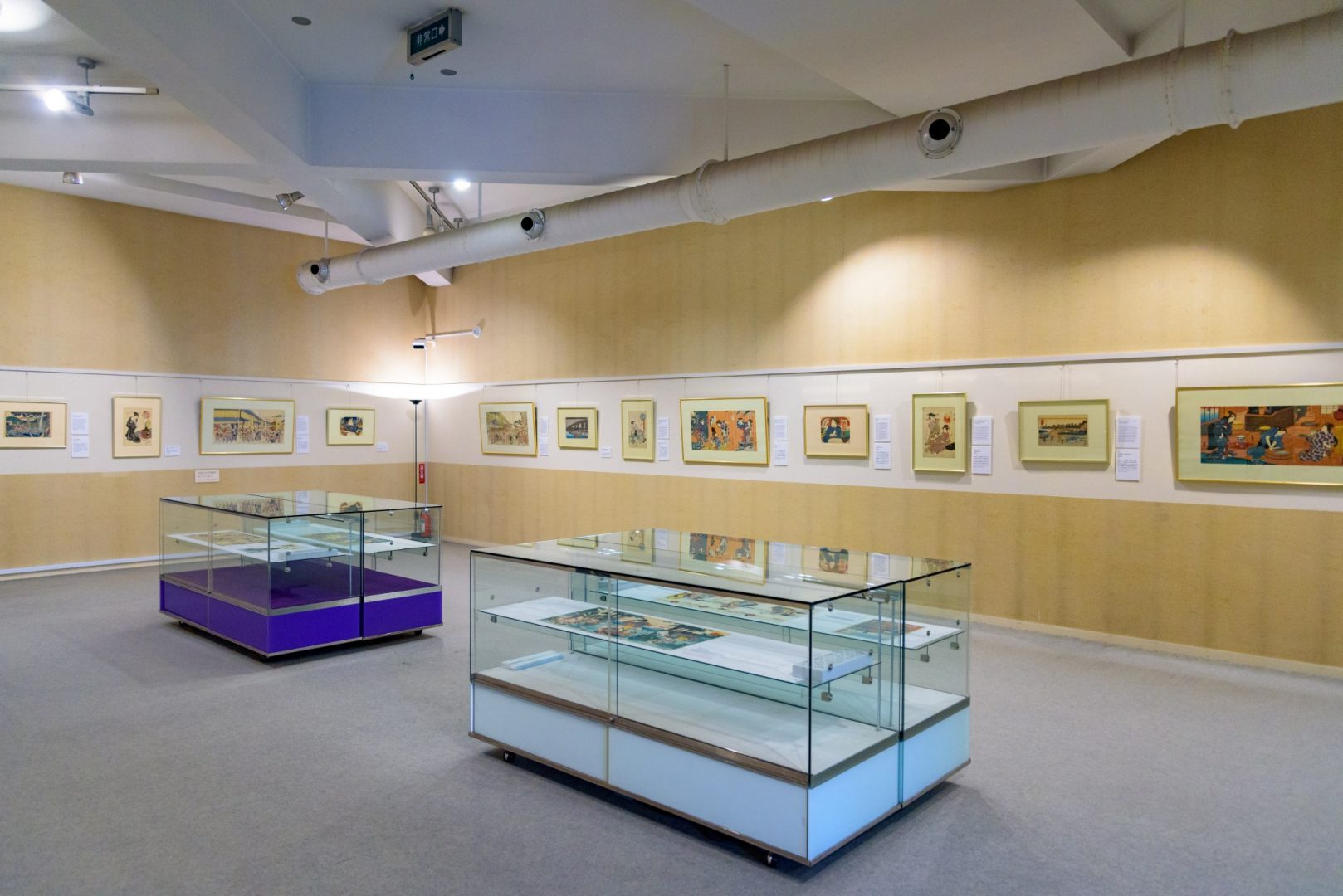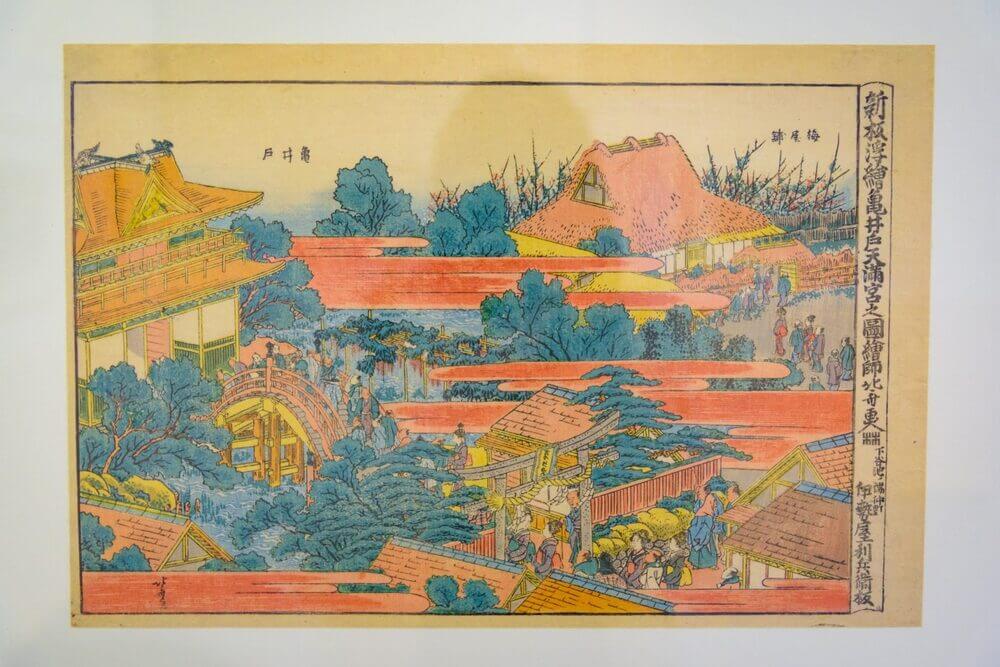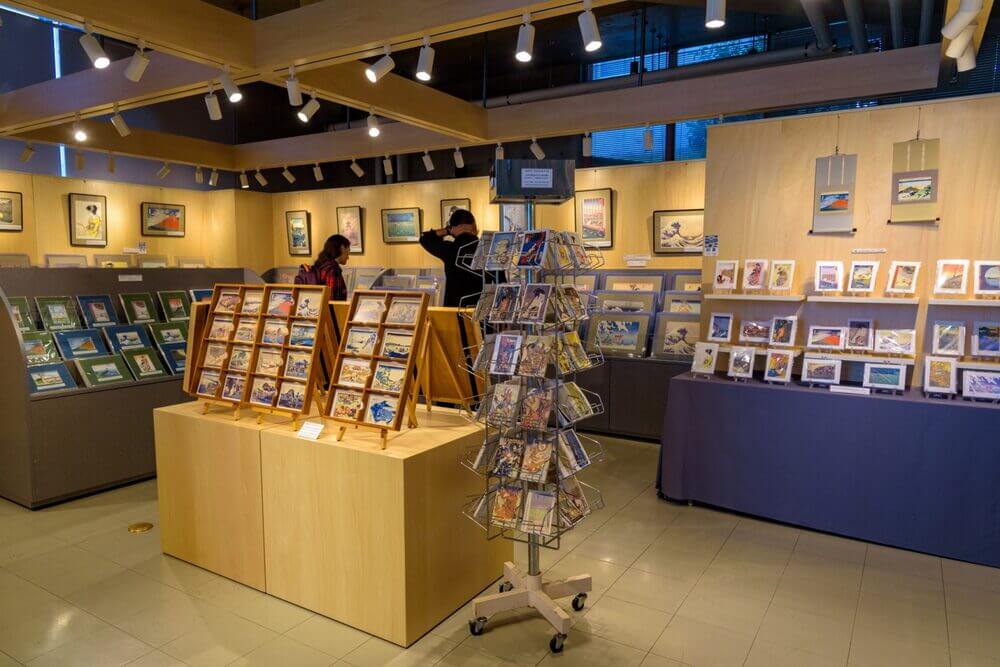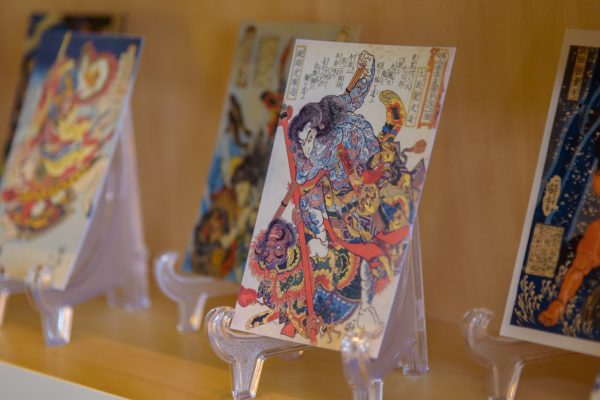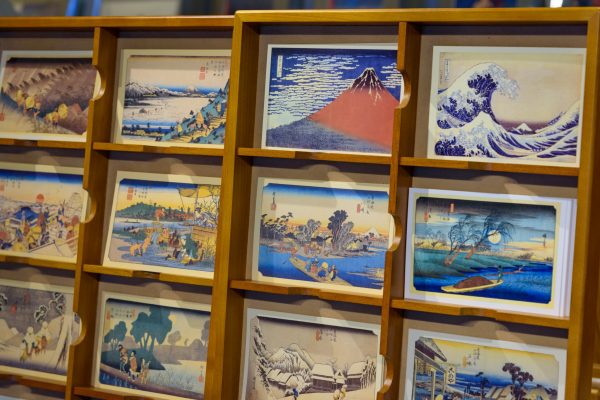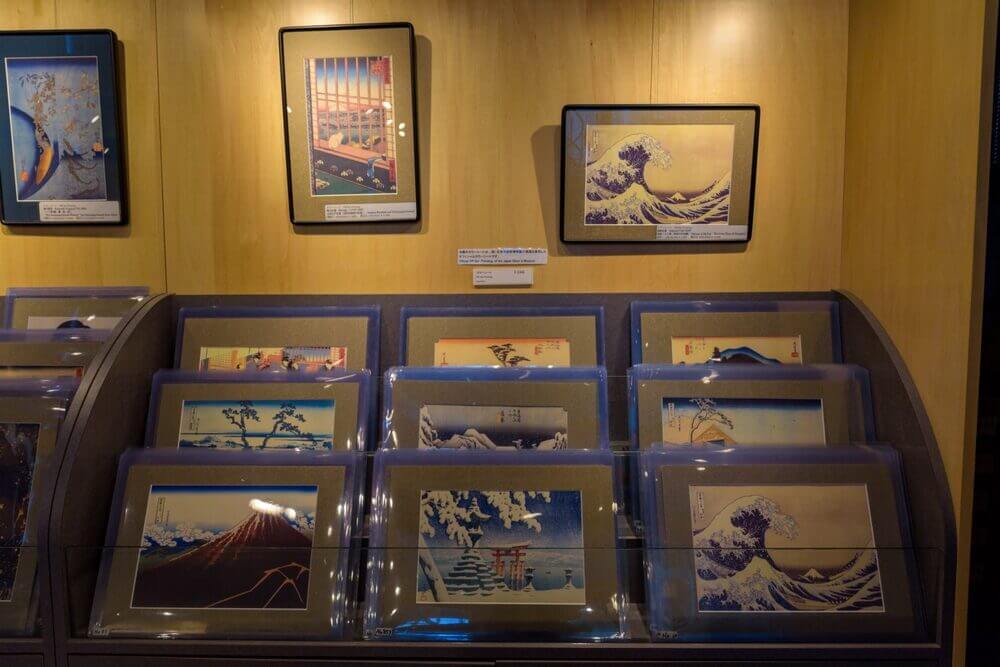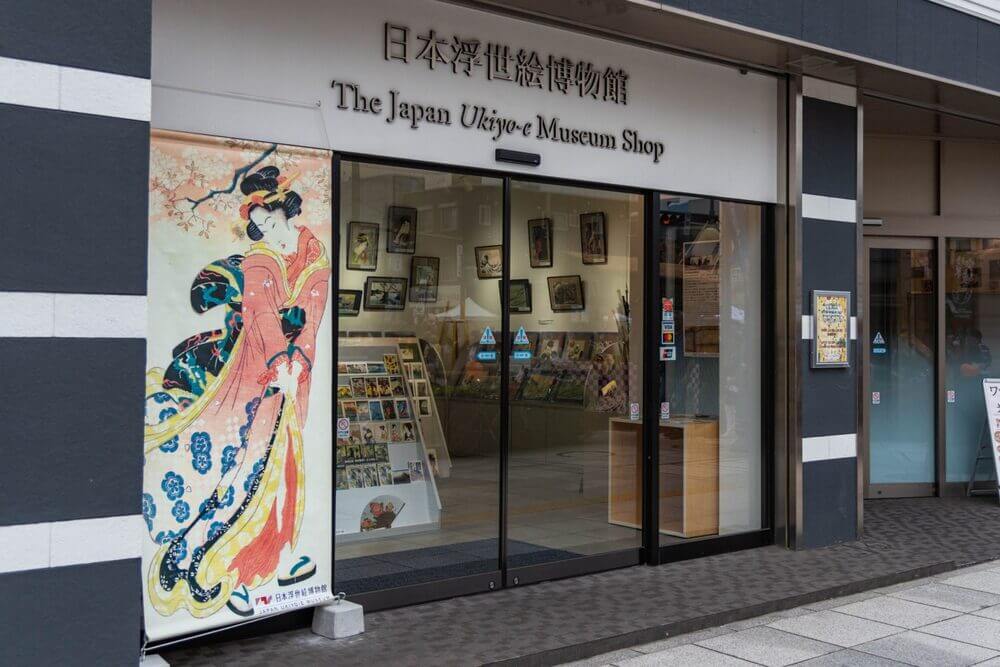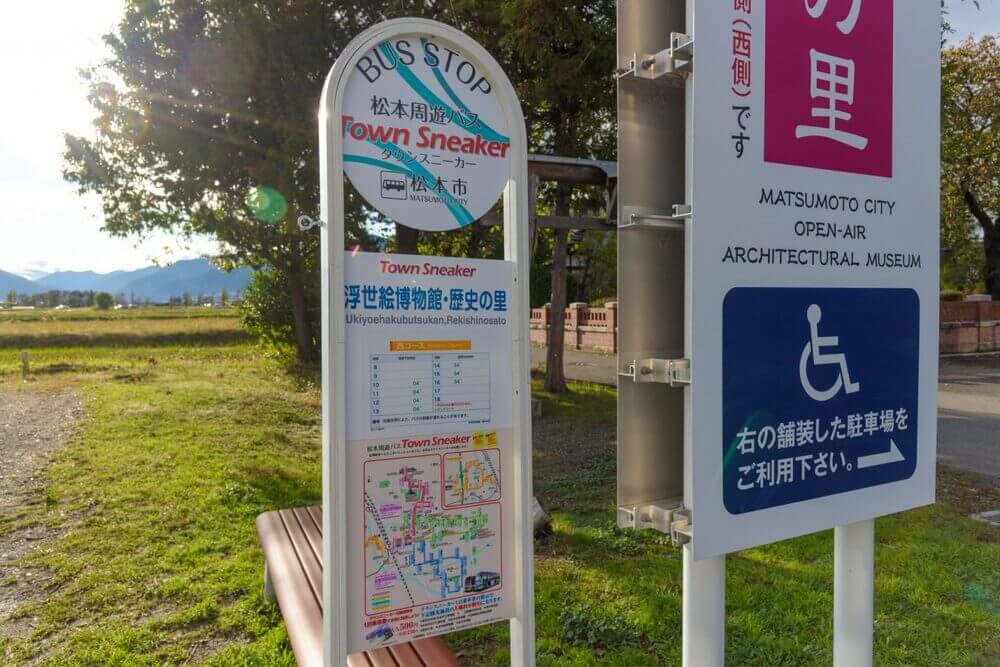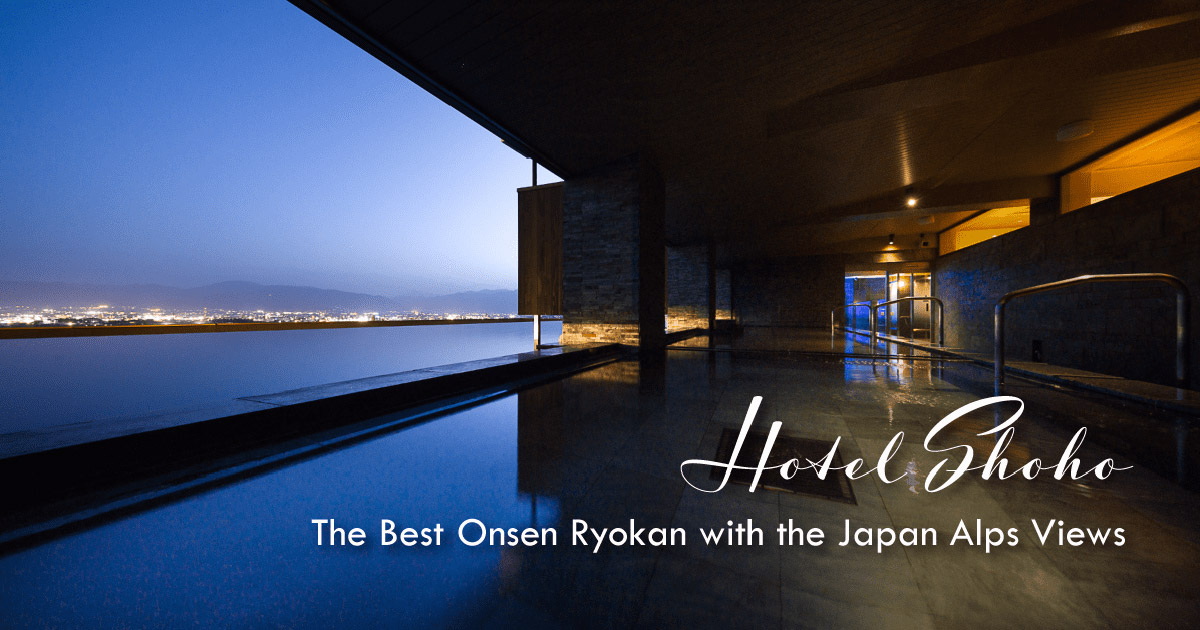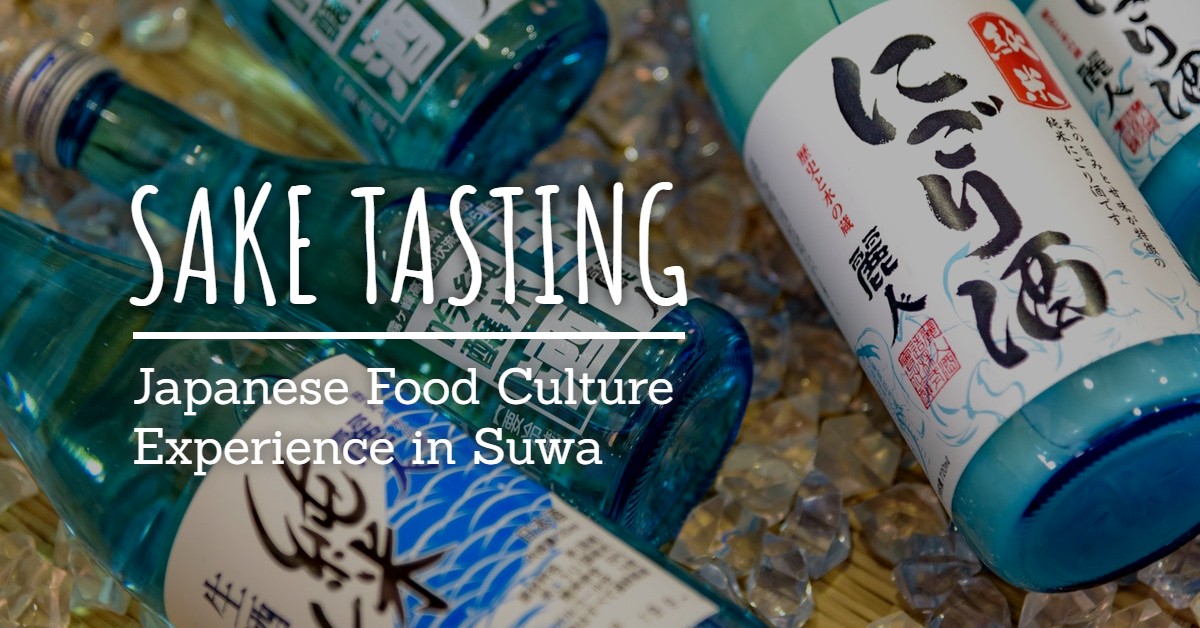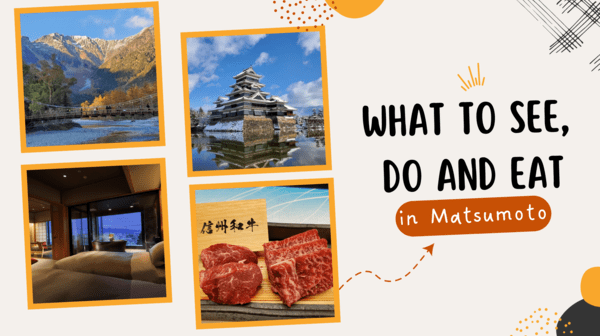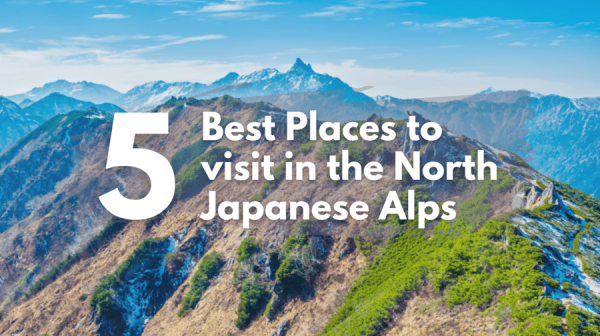Summary
Everyone is probably familiar with the image of a giant wave with two boats in the foreground and a small Mt. Fuji in the background. This famous artwork is called “The Great Wave off Kanagawa” and was made by Katsushika Hokusai, arguably Japan’s best-known artist from the Edo period (or in general).
What he produced wasn’t really a painting though, but a print created from carved woodblocks. This traditionally Japanese art genre is called “ukiyo-e” and literally translates to “pictures (e) of the floating world (ukiyo)”. It developed as an art form in the 17th century during the Edo period, which was a time when the economy grew rapidly, and the lifestyles of the Japanese changed to focus more on pleasure. This lifestyle was described as living in a “floating world”, hence the name of the pictures that were created in that time.
The Making of an Ukiyo-E
Simply said, ukiyo-e prints are made by pressing a woodblock on paper. However, there is quite some work that goes into making the woodblocks, as well as the paper, so ukiyo-e prints were generally made by a team of people, each with their own role. The team would include artists (eshi) who designed the image, woodcarvers (horishi) who would carve the image on a woodblock, printers (surishi) who would handle the woodblock printing, and publishers (hanmoto) who would handle the sales/business side of things.
The process would start with the artist drawing a picture on thin paper with black ink which would be glued to a woodblock and the carver used that as a guideline to carve out the image. After that the artist would instruct the carver what colors would be used in what parts of the image.
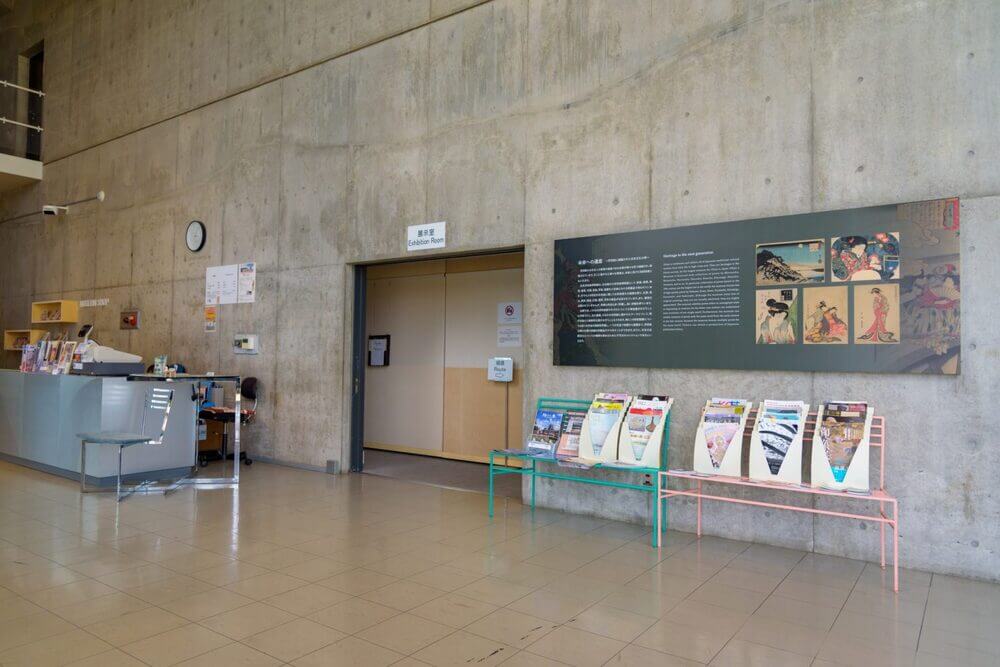
The Japan Ukiyo-E Museum (Matsumoto)
Some 25 minutes by bus away from Matsumoto Station, you will find The Japan Ukiyo-e Museum. This museum has more than 100,000 prints, making it the largest private collection of ukiyo-e in the world! The ukiyo-e prints have been collected by the Sakai family throughout the years and have been handed down from generation to generation.
As their collection kept growing, the family decided to hold exhibitions around the world to show off these amazing works, and in 1982 they opened the Japan Ukiyo-e Museum in Matsumoto where the displayed works are being changed every couple of months.
Dozens of masterpieces are displayed on the wall and in glass cases. To be able to see such wonderful prints up close is definitely worth the visit to the museum.
Besides the work of the master Katsushika Hokusai, you’ll also find prints done by Hiroshige and Kuniyoshi, two other world-famous artists that specialized in ukiyo-e. There are descriptions in Japanese and English next to the prints, so you’ll know what kind of things are shown in the image.
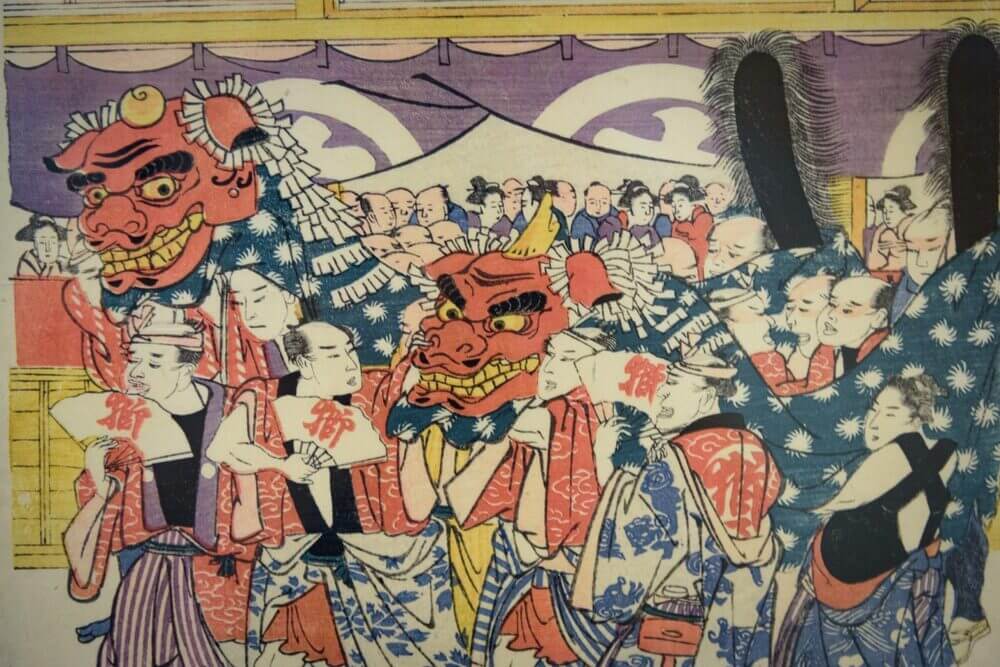
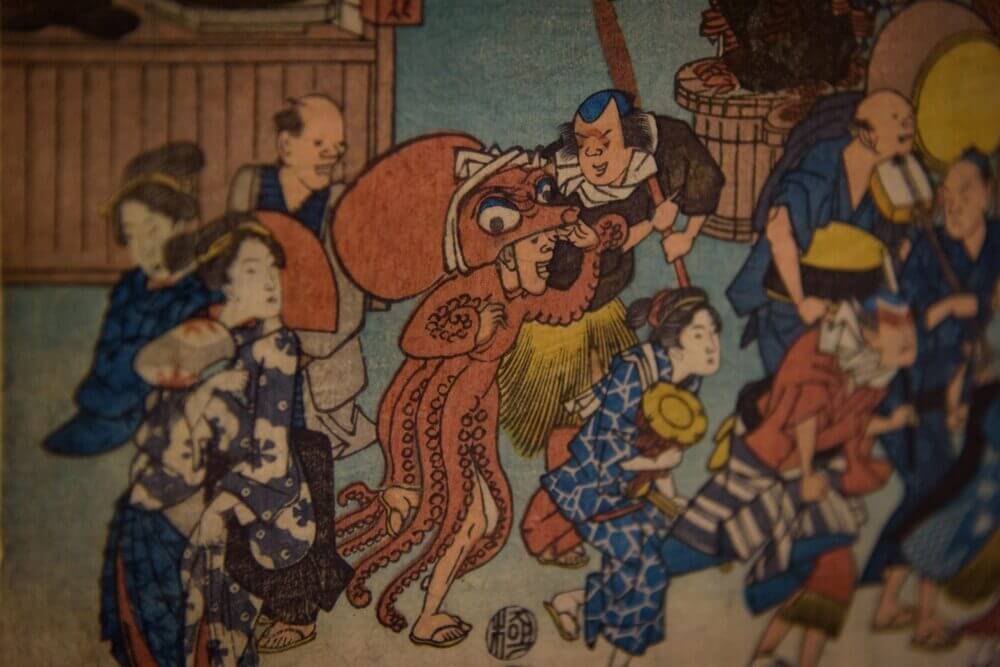
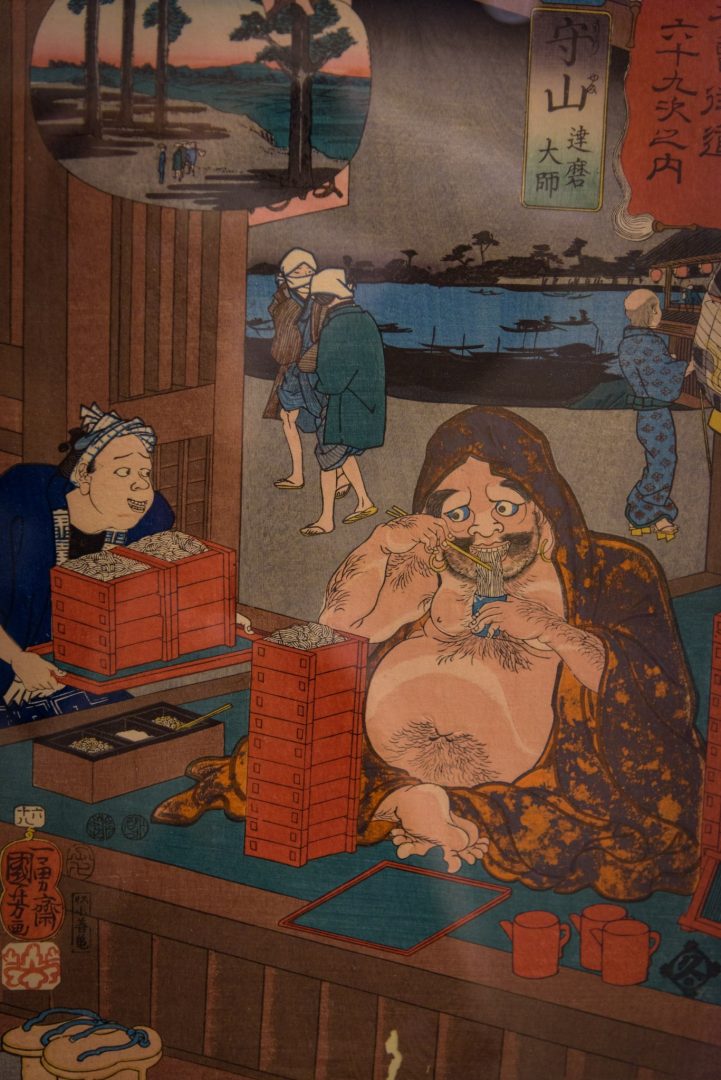
The exhibition currently on display is called “Annual Events in Edo; Pleasures of the Seasons” and revolves around the four seasons in Japan and shows how life was during this time. Festivals are a big part of Japanese culture and many woodblocks prints feature these events. You can see this exhibition until December 22nd.
Once you’re done with looking at the wonderful masterpieces on display, you can take a look in the shop next to the entrance. While it’s on the smaller side, the store is packed with all kinds of ukiyo-e-themed goods such as postcards, magnets and offset printed famous ukiyo-e artworks.
They have some awesome ukiyo-e postcards of Japanese warriors that look like they come straight out of the ancient legends! Of course, you can also choose a postcard with the design of one of the more famous prints.
If you want to decorate your room, why not go for one of these bigger ukiyo-e prints? There are official offset printed artworks sold at the museum’s shop for an affordable price.
In the center of Matsumoto (across the PARCO mall), you will find the Japan Ukiyo-e Museum Shop that sells the same kind of things. Want to get yourself something related to ukiyo-e but don’t have the time to go to the museum, then be sure to swing by this shop.
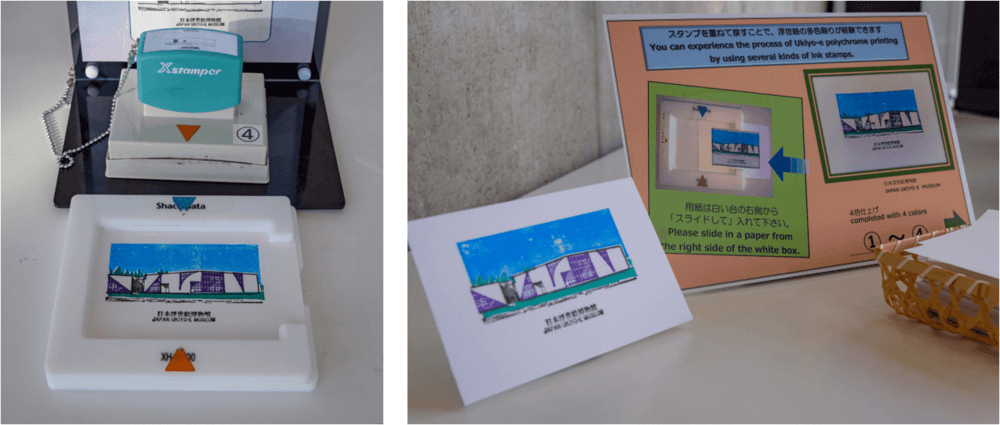
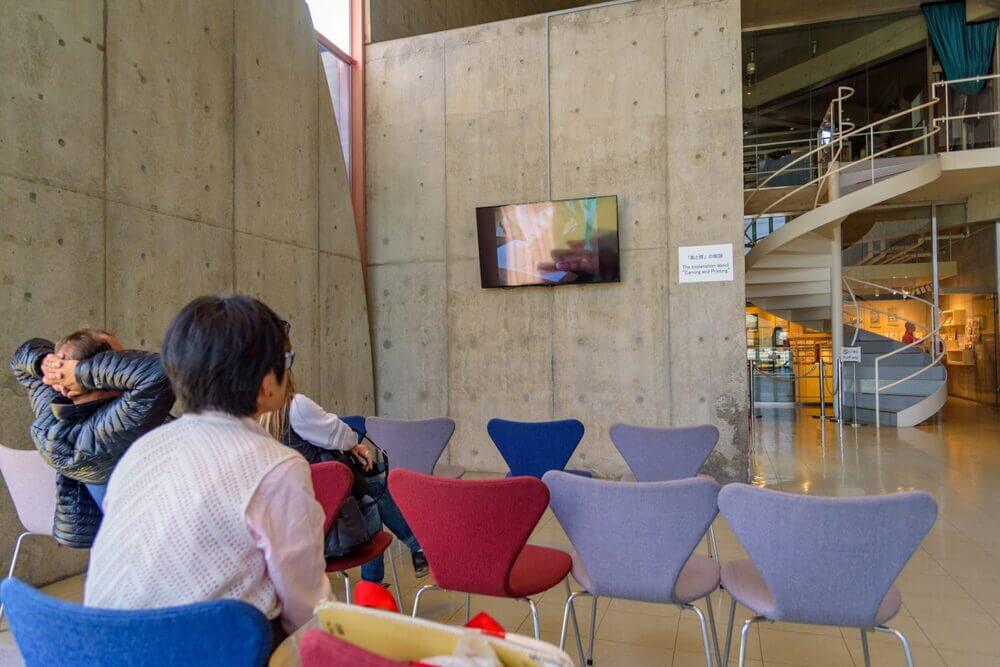
If you’re interested in the traditional Japanese art of ukiyo-e, you can’t miss out on a visit to the Japan Ukiyo-e Museum while you’re in Matsumoto!
Hours and Admissions
Opening hours: 10:00~17:00 (last entry at 16:30)
Closed: Monday (expect if Monday is a national holiday, then it’s closed the following day)
Price: Adults 1,000 JPY, Students 500 JPY, Child (under 12 y.o.) Free.
How to Get to the Ukiyo-e Museum
From Matsumoto Station, take the Town Sneaker bus (West Course) that departs from the Alps Exit (opposite to the Castle Exit) and get off at the Ukiyo-e Hakubutsukan/Rekishinosato bus stop. Buses are rather infrequent though, with the bus only stopping at the museum during its “long course”, so check the timetable beforehand if you plan on going by clicking here.
A one-time trip on the Town Sneaker costs 200 yen, but there is a special Town Sneaker One-Day Bus Ticket for 500 yen (250 yen for children) that allows you unlimited rides on the Town Sneaker buses.
This special ticket give you discounts for several sightseeing spots in Matsumoto such as the Former Kaichi School and Matsumoto Castle. You can purchase it at the Matsumoto Bus Terminal or aboard the Town Sneaker.
To get to Matsumoto City, please check out the bus timetable of your desired route below.

